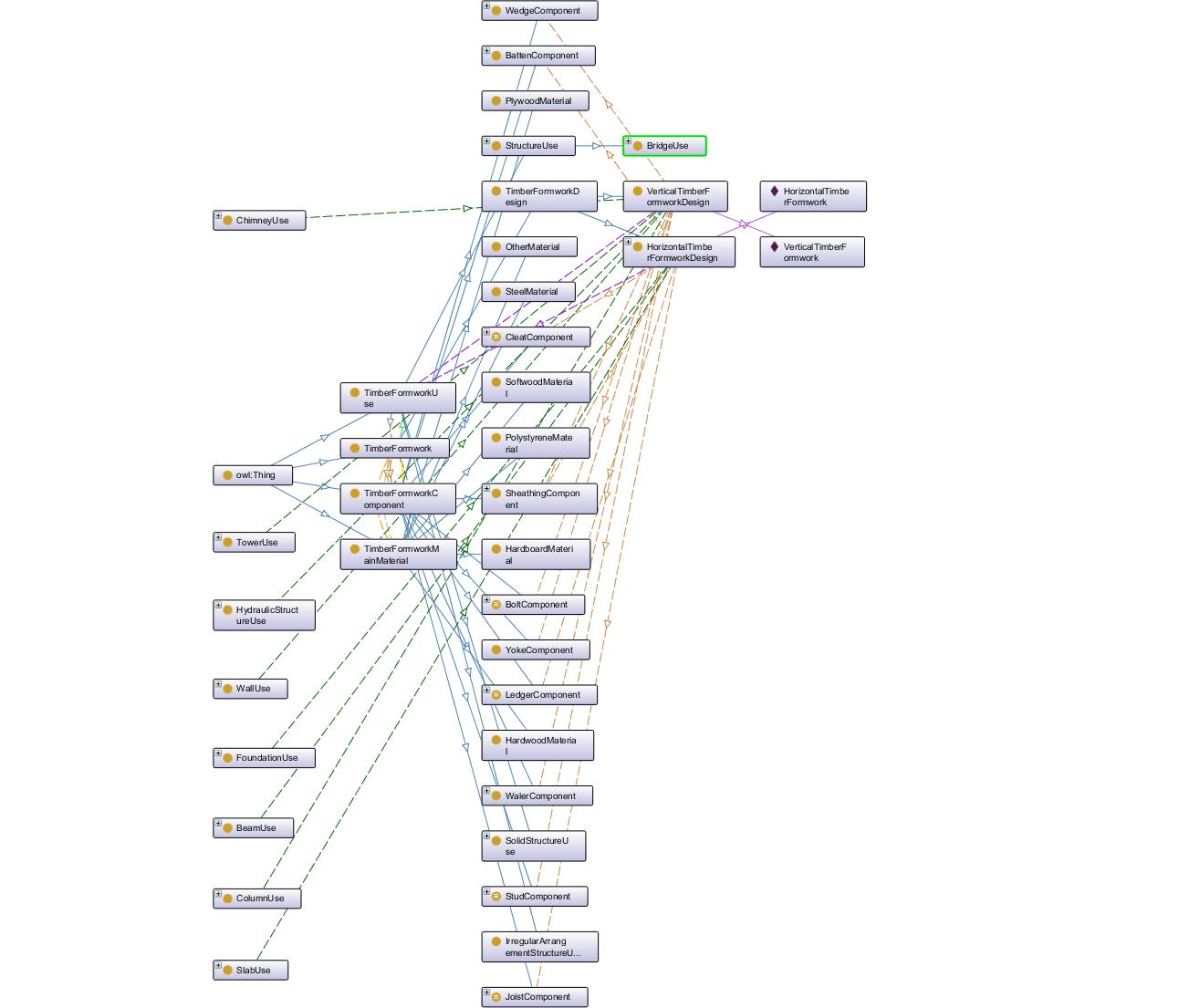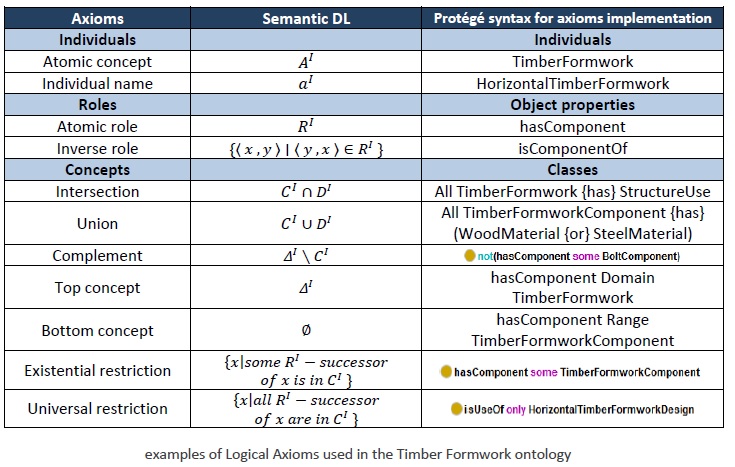1. Introduction:
Timber formwork is generally utilized for the development of cast-in-site concrete structures due to its adaptability and simplicity of taking care of. It might frame 35–60% of the absolute expense of developing a substantial design. In this manner, the reusability of such formwork can achieve generous expense investment funds to workers for hire. The capacity to reuse timber formwork additionally implies lesser interest on wood and its items, which prompts a decrease in logging and natural corruption.
A good formwork should have the following characteristics:
1. It should be easy to work with by hand or machine and should not split when nailed.
2. It should be hard enough to withstand damage on the contact surface under normal conditions of erecting and stripping of formwork, fixing steel reinforcement bars and placing concrete.
3. It should be light enough for workers to handle and carry to respective work areas.
4. It should be stiff so as to avoid undue deflection when loaded and strong enough to safely carry considerable loads and pressures that may be applied during concreting.
5. It should be reasonably stable and not unduly liable to cast or warp when exposed to sun and rain or when unevenly wetted during rainy days or monsoon seasons.
6. It should have the correct amount of moisture so that it will not warp and swell after concrete is placed.
7. It should not have excessive formation of hemicelluloses (wood sugars) at the first use after exposure to sunlight as it will retard curing of concrete.
2. Developing the ontology:
As known the ontology develops our thoughts and defines the system from complex one to easier system to deal with and to benefit from. In order to understand and explain the ontology, the answers of the competency questions will make us more flexible with the ontology that we have create.
1. What is the purpose?
The purpose of this ontology is to represent the different types of timber formwork design and the uses of each type to give the person who will deal with this ontology a good vision of these types. In addition, it provides the materials and components with some standard measurements to help the users of this ontology in thinking of an effective and correct way to design their formwork.
2. What is the scope?
As known formwork has different types (timber, steel, plastic, aluminum), the scope is to provide insight at the different designs of timber formworks (vertical, horizontal) with the different components of each one (nominated in the table below).
3. Who are the intended users?
The design engineer, project manager and the structural engineer are the intended users of this ontology, so that they could have an overall idea of what design of timber formwork they need for their concrete structural product, and which components and materials they should use.
4. What is the intended use?
The purpose of using timber formworks and formworks in general is to guarantee that when pouring the concrete to form the structural elements, the structural elements would have the correct shape, position, and geometric size that are identical to the architectural template, and to guarantee that the structural elements would hold out against their self-weight and external loads. Thus, the main role of formworks is forming the newly poured concrete structural elements and maintains them until they reach a certain resistance force, which will allow them to withstand the temporary structure of the self-weight and remove the model plate.
There are many ways to develop the ontology, and each way will provide the ontology in a better vision to be understood to deal with it, and to make sure that the ontology is far from mistakes and similarities and very close to the details of reality.
(Noy & McGuinness) is one of the resources that give a wide range of suggestions which could be dropped on the ontologies. One of the suggestions which are used in the timber formwork ontology is “How many is too many and how few are too few?”
This tip gave an important develop in timber formwork use, because timber formwork use have dozen uses and it will confuse the users of this ontology. For this reason, the ontology has been detailed with some of the uses and has been divided in more than one category as shown in Figure below.
Fig.1: The divided categories of timber formwork uses.
Considering the range of classes and object properties and data properties, a number of axioms were defined which can combine these properties with the classes in order to clarify the relations between the classes in this ontology (as shown in Fig.2).
Fig.2: OntoGraf showing the relationships between the classes and subclasses
Regarding to Krötzsch et al, the table below provides examples of the Logical Axioms used in the timber formwork ontology.
References:
1. Reusing timber formwork: importance of workmen’s efficiency and attitude. Y.Y.Ling, K.C.Leo. 2, February 2000, Building and Environment, Vol. 35, pp. 135-143.
2. Concrete Formwork or Shuttering | Steps, Importance, Requirements and Advantages. CIVIL ENGINEERING FORUM. [Online] https://civilengineersforum.com/construction-formwork-or-shuttering/.
3. Natalya F. Noy, Deborah L. McGuinness. Ontology Development 101: A Guide to Creating Your First Ontology. Stanford University. Stanford : s.n., January 2001.
4. Markus Krötzsch, Frantisek Simancik, Ian Horrocks. A Description Logic Primer. Department of Computer Science, University of Oxford. June 2013.
Download the Ontology:
To the Timber Formwork Parametric Model:
Timber Formwork: Parametric Model



